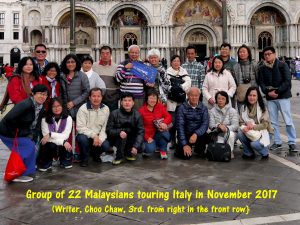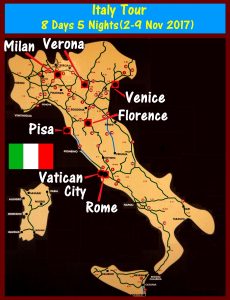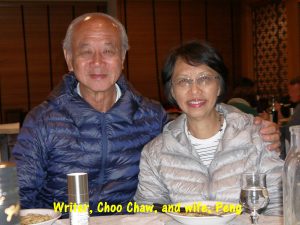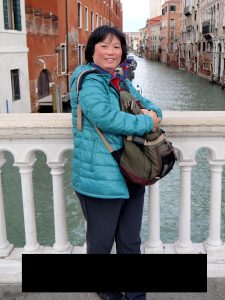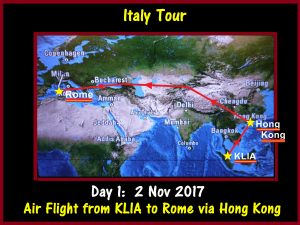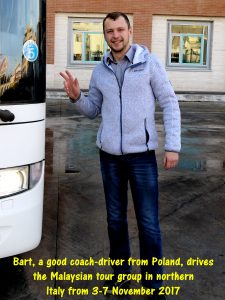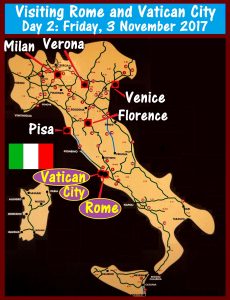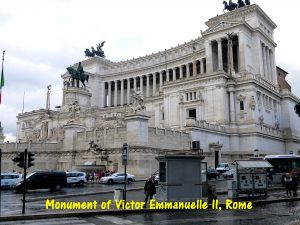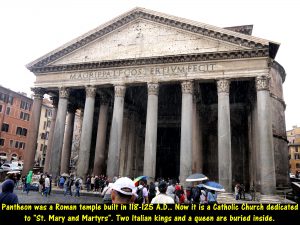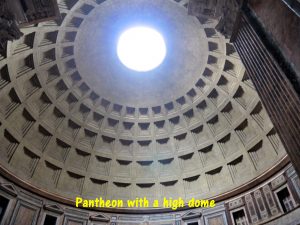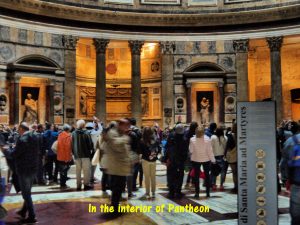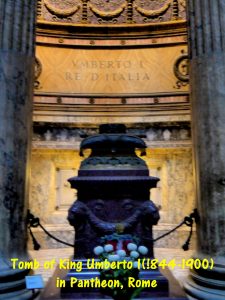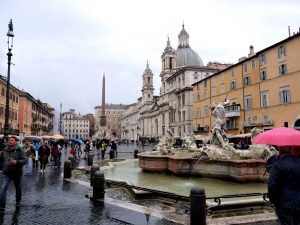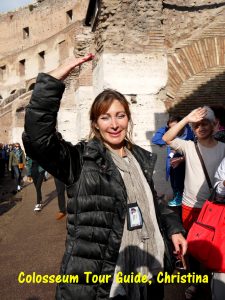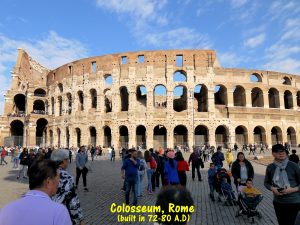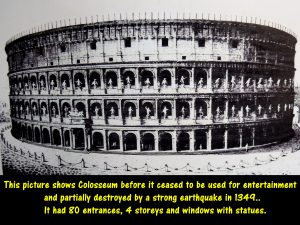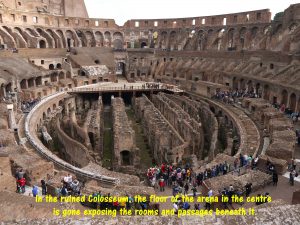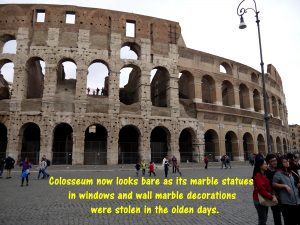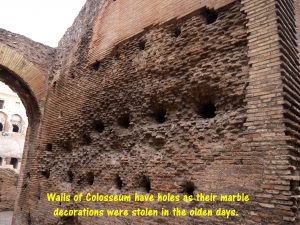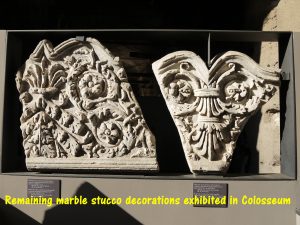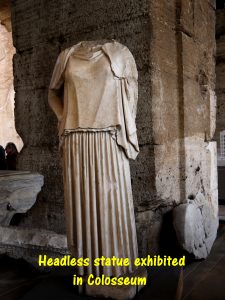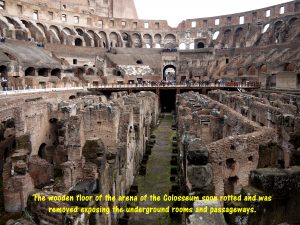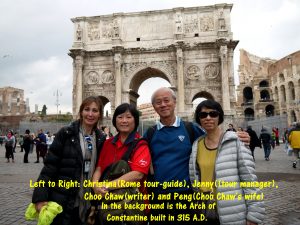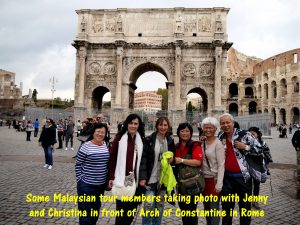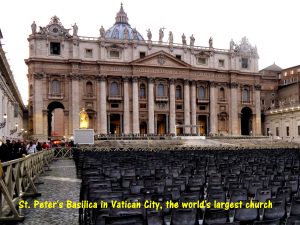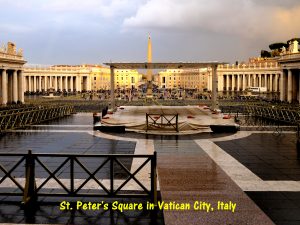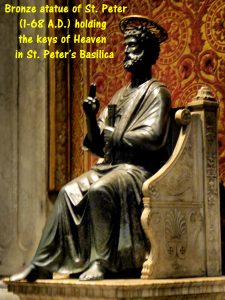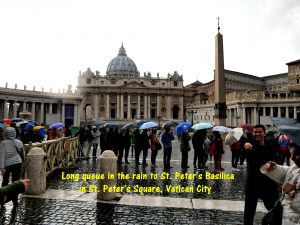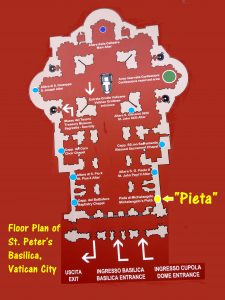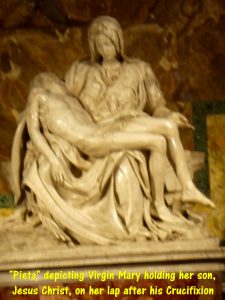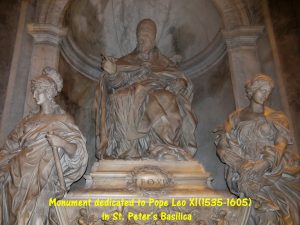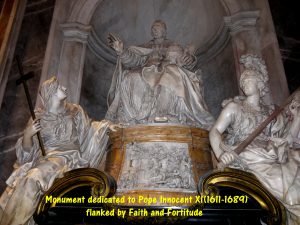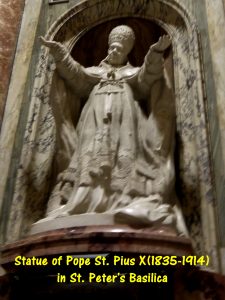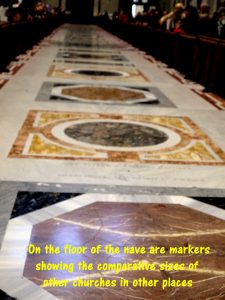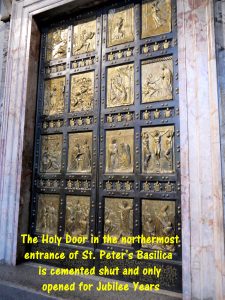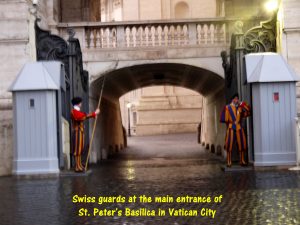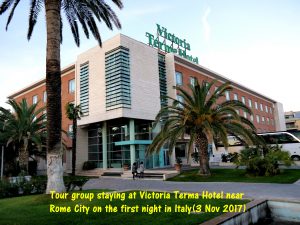Italy Travel Part I: Rome and Vatican City
Italy Travel Part I: Rome and Vatican City
Italy is a popular tourists’ destination that is rich in history and culture. She has many interesting cities where old, monumental buildings built in Gothic, Classical, Medieval, Baroque and Neoclassical architectural styles still exist.
Italy Tour of 7 Cities
Tour-Group and Tour-Manager
My wife and I joined a group of 20 Malaysians under a Golden Destinations(Malaysia) tour manager, Jenny, and travelled to Italy for a five-day land tour of 7 cities, namely Rome, Vatican City, Pisa, Verona, Florence, Venice and Milan.
Map of Italy showing Cities to be Visited
Writer and Wife
Tour-Manager, Jenny
Day 1 Thursday, 2 November 2017
Air Flight to Italy
On the first day we left KLIA(Malaysia), travelled to Hong Kong and then to Rome in Italy. The air-flight was long taking about 15 hours.
Day 2 Friday, 3 November 2917
Visiting Rome and Vatican City on Day 2
Rome Tour Guide, Christina
When we arrived in Rome, Italy, on the 2nd. day, a Polish coach-driver, Bart, brought us to some historical places in Rome and later to other cities in northern Italy for a total of 5 days.
Bart, the Coach-Driver
Map of Italy showing the location of Rome and Vatican City
Jenny, our tour-manager, led us to the historical places in Rome and they were as follows:
Monument of Victor Emmanuel II
The first place we visited was one in the centre of Rome City where we saw the massive Monument of Victor Emmanuel II(1820-1878). It was built in honour of Emmanuell II for unifying Italy in 1861 and becoming her first king. It was built by several well-known sculptors in the 1885-1925 period.
Pantheon
Then we walked to Venezia Square where a Roman temple was built in 113-125 A.D periodk. Now it is a Catholic church dedicated to “St. Mary and Martyrs”. The front of the church is supported by 12 Cornithian columns and a rotunda with a dome is behind them.
Tombs of Kings
Tombs of two Italian kings, Victor Emmanuel II(1820-1878) and Umberto I(1844-1900), are displayed in the building. The tomb of Umberto I’s wife, Margerit(1851-1926), is inside, too.
Piazza della Rotunda
Outside Pantheon is a square known as Piazza della Rotunda which has an obelisk and fountain.
Colosseum in Rome
From Pantheon we walked to a historical site where Italy’s iconic Roman amphitheatre was built. Known as Colosseum, it was built in the 72-80 A.D. period by two Roman Emperors, first Vespasian and later, Titus. Built for gladiators’ contests and public spectacles, it could accommodate 65 000 spectators.
Christina, the Colosseum Tour-Guide
At the Colosseum we met our local tour-guide, Christina, who showed us around the amphitheatre.
Fall of the Western Roman Empire
The Colosseum ceased to be used for gladiators’ contests and public spectacles in the early Medieval Period or Middle Ages(5-15th. Century) after the fall of the Western Roman Empire. Then it was used for such purposes as a cemetery, workshops and for housing.
Earthquake
In 1349, a strong earthquake damaged the southern part of the Colosseum and it was repaired later.
Colosseum in Ruin
Owing to weathering, erosion and neglect for over a 1000 years, the Colosseum is in ruin, but millions of visitors continue going to Rome to see the legacy of the Roman Empire every year.
Colosseum Decorations Were Stolen
Since the Colosseum was not used after the fall of the Western Roman Empire in the 4th. Century, marble statues and stucco decorations were all stolen; leaving the amphitheatre bare with ugly holes in the walls.
Colosseum’s Wooden Floor of Arena
The wooden floor of the Arena of the Colosseum soon rotted and was removed, exposing the underground rooms and passageways.
Arch of Constantine
Next to the Colosseum stands a triumphal arch known as Arch of Constantine. It was built in 315 A.D. to commemorate Constantine I(272-337)’s victory in the Battle of Milvian in 312 A.D.
(Arch of Triumph in Paris built in the 1806=1836 period, looks similar to this smaller Roman triumphal arch in Rome. The former was erected in honour of those who fought and died for their country in the French Revolutionary and Napoleonic wars.)
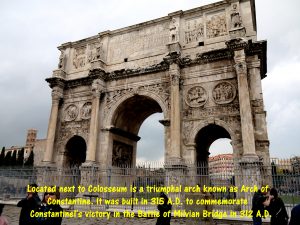
Arch of Constantine built in commemoration of Constantine I’s victory in the Battle of Milvian in 312 A.D.
Visiting Vatican City
Later, we moved on to the world’s smallest country, Vatican City, that is surrounded by the city of Rome. It has a population of about 840 and a small area of 44 hectares which is equivalent to 82 football fields.
She has the largest Catholic church in the world known as St. Peter’s Basilica that was built in the 1506-1626 period.
The church is dedicated to St. Peter(one of Jesus Christ’s apostles and the first pope) and the burial site of St. Peter. It is a popular place for pilgrimage and liturgical functions.
Rain and Long Queue
When we arrived at the church, St. Peter ‘s Basilica, it was drizzling and we had to join a long queue to enter the church. According to our tour manager, Jenny, we were lucky that we queued for about an hour before we entered the church. She had to queue for three hours the last time she brought a tour group there!
“Pieta”
When we entered the church, the first thing that caught my eyes on the right was a marble sculpture known as “Pieta”.
“Pieta” is a masterpiece created by a famous Italian sculptor, Michelangelo Buonorroti(1475-1564), from 1498 until 1499. It depicts Virgin Mary holding her dead son, Jesus Christ, on her lap after his crucifixion.
More sculptures, monuments, paintings and statues of previous popes, founders of religious orders, etc. can be seen in the church.
Other Basilicas
On the floor of the nave are markers showing the comparative sizes of other basilicas in other places.
The Holy Door
There is a special door known as “The Holy Door” made of bronze in the northernmost entrance of St. Peter’s Basilica in Vatican City. It depicts the life of Jesus Christ.
The door is cemented shut and only opened for Jubilee Years of the church. The Catholics believe that if they go through the door during the Jubilee Years, they may be granted the plenary indulgences.
Change of Guards at St. Peter’s Basilica
Coming out of the church at 5 p.m. I was fortunate to watch the change of the Swiss guards at the entrance adjacent to the church. The ceremony lasted for 5 minutes.
The guards are Swiss citizens. Their duty is to protect the pope and the church. They wear a colourful uniform which has vertical blue, red, orange and yellow stripes.
Victoria Terma Hotel
In the evening we left the church, went for dinner and retired to our rooms at Victoria Terma Hotel that is a few kilometres from Rome City.
Italy Travel Part I: Rome and Vatican City
Italy Travel Part II : Rome(continued)
Italy Travel Part III: Pisa and Florence
Italy Travel Part V(Final): Verona and Milan

